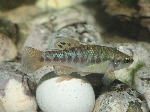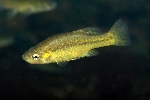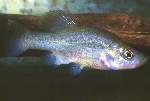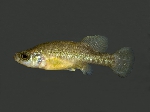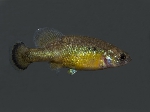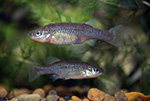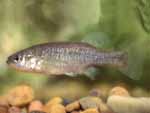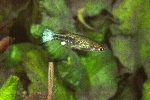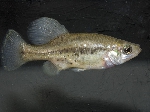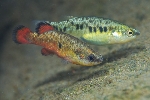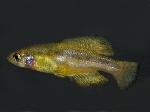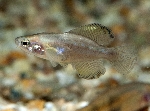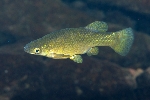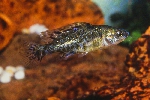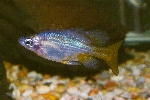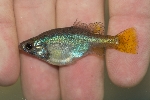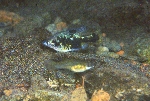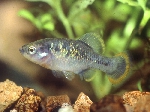Viviparity superimposed upon ovo-viriparity in the Goodeidae, a family of cyprinodont teleost fishes of the Mexican plateau
Journal of Morphology, (55):207-251 1933
" The Goodeidae are a family of cyprinodonts containing about nine genera and twenty-six species. They are confined exclusively to the Mexican Plateau and to streams in the immediate vicinity. All are viviparous. Fertilization is internal. The eggs are extremely small and contain very little yolk. The embryos are retained in the ovarian follicles until the yolk is practically absorbed, in the meantime developing unique absorptive organs in the form of extensive ribbon-shaped proctodaeal processes. The embryos are evacuated into the intra-ovarian cavity where they are retained for several weeks, during which time the proctodaeal processes become extended. The ovary becomes a nutritive organ and produces secretions which are discharged into the intraovarian cavity and absorbed by the embryo through their unique processes. The processes differ in form, number, and histological structure, but are specific in their peculiarities for each species. These specific differences, together with marked differences in the ovary, will furnish a basis for a re-classification of the genera and species of the family. A comparison in made between this family and the other ovo-viviparous and viviparous cyprinodonts, on the basis of which it is concluded that the Goodeidae have arisen separately from an ovo-viviparous ancestor, which in turn was derived from an ovo-viviparous type. A comparison is also made between the peculiarities of reproduction in this family and those of other viviparous teleosts "
Classification: Physiology and diseases.
Language: English
Reference in bibliography for species (41)
Name substitutions
- Neotoca bilineata referred to as Goodea bilineata.
Turner, Clarence L. 1933. "Viviparity superimposed upon ovo-viriparity in the Goodeidae, a family of cyprinodont teleost fishes of the Mexican plateau". Journal of Morphology. (55):207-251 (ffm00962) (abstract)



